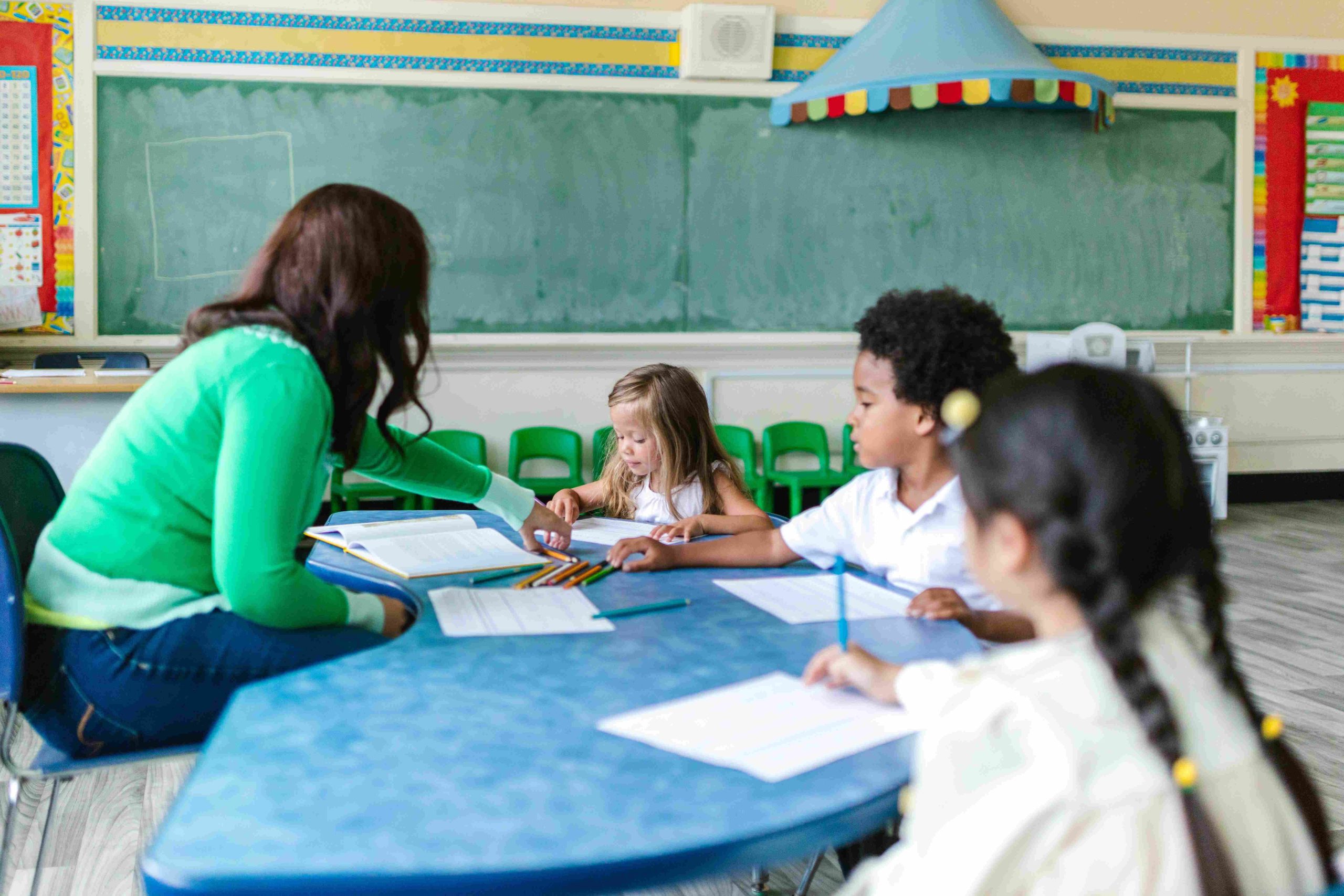
How to Make Modelling-Focused Work More Engaging for Preschoolers?
What is Modelling-Focused Work?
Modelling-focused work is a type of learning activity that allows preschoolers to develop problem-solving, creativity, and critical thinking skills. It involves creating, building, designing, or shaping different materials to represent real-life objects or ideas. Examples of modelling-focused work include playing with playdough, building with blocks, or constructing models.
Why is Modelling-Focused Work Important for Preschoolers?
Modelling-focused work is important for preschoolers because it provides an opportunity for them to learn through exploration, experimentation, and discovery. It helps them to develop fine motor skills, hand-eye coordination, and spatial awareness. Additionally, it encourages preschoolers to express their ideas and creativity, which builds their self-esteem and confidence.
How to Make Modelling-Focused Work More Engaging for Preschoolers?
-
Provide a Variety of Materials
Preschoolers get easily bored when working with the same materials repeatedly. Therefore, it’s important to provide them with a variety of materials to work with. This could include playdough, blocks, clay, pipe cleaners, popsicle sticks, cardboard, and many more.
-
Use Real-Life Objects as Inspiration
Preschoolers are curious and love learning about the world around them. Therefore, using real-life objects as inspiration for modelling-focused work can be engaging and interesting.
-
Encourage Collaboration
Preschoolers love working with their peers and enjoy the social aspect of learning. Therefore, encouraging collaboration during modelling-focused work can make it more engaging.
-
Incorporate Storytelling
Preschoolers love stories and enjoy being read to them. Therefore, incorporating storytelling during modelling-focused work can be a great way to make it more engaging.
-
Use Technology
Preschoolers are growing up in a digital age and are familiar with technology. Therefore, incorporating technology during modelling-focused work can be a great way to make it more engaging.
-
Provide Positive Feedback
Preschoolers thrive on positive feedback and enjoy being praised for their efforts. Therefore, it’s important to provide positive feedback during modelling-focused work.
-
Make it Fun
Finally, the most important aspect of making modelling-focused work more engaging for preschoolers is to make it fun. This means incorporating play, humor, and excitement into the learning activity.


